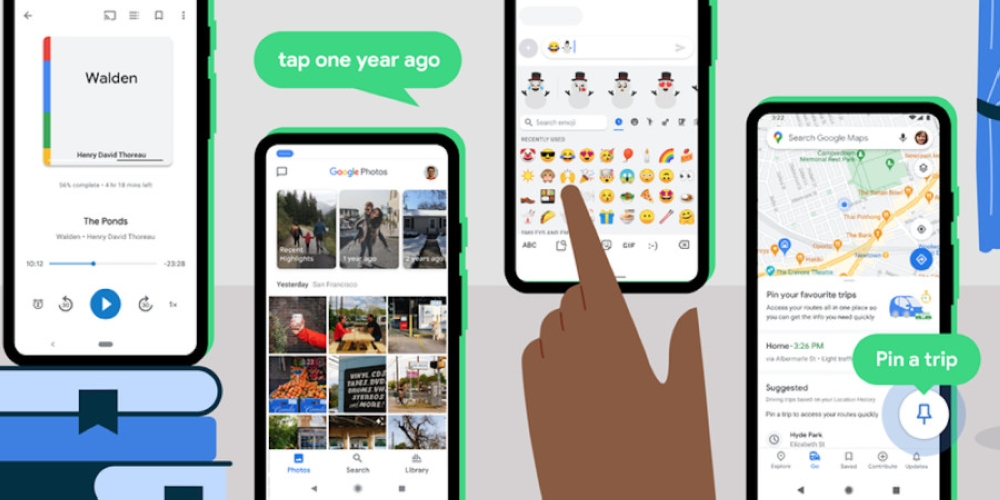
PARIS, July 22 — Smartphones running Android Lollipop, an operating system that’s almost 10 years old, will no longer receive any support from Google.
However, for more recent devices, Google is seeking to extend Android updates and security patches, benefitting consumers and the environment.
Google has announced that it is discontinuing Google Play Services updates for devices still running Android Lollipop.
Launched in 2014, this version of Google’s mobile operating system is now only active on less than 1 per cent of Android devices in circulation worldwide.
This decision obviously doesn’t prevent people from continuing to use these smartphones, even if they become obsolete and incompatible with many applications.
But, above all, they also become vulnerable to new security flaws.
When Android smartphones cease to receive regular security patches due to their age, they nevertheless continue to receive updates from Google Play Services, to ensure that the system and Google applications continue to function properly.
These updates are now being ended for Android Lollipop and will only be available for devices running Android 6.0 and all subsequent versions.
Aware that many users want to keep their devices for as long as possible, Google and smartphone manufacturers are now ensuring that Android is maintained for longer.
For a long time, smartphone updates and associated security patches did not exceed four or five years, quickly rendering devices obsolete or incompatible with certain applications.
This sometimes happened even more quickly for relatively low-end models. By recently extending the duration of their device updates to seven years, Google (starting with its Pixel 8 range) and Samsung (with the Galaxy S24) are hoping to encourage all manufacturers to follow suit.
The idea is to be able to use your smartphone for as long as possible and, consequently, limit the production of electronic waste in the years to come.
Note that Apple has already been maintaining support for its iOS operating system over relatively long timeframes, ensuring regular security patches for up to eight years after a model’s release. — ETX Studio


0 Comments